Prep for the Show Season
Artists Share Advice and Concerns
As Kat Geesaman prepares for the 2023 show season, she wonders if the art show market is shifting and how event coordinators plan to change their marketing strategies to stand out from other fine art shows.
She does acrylic painting on retired surfboards and took a few years off between shows for personal reasons. “When I returned to shows I’ve had much success at in the past, I noticed a change in the type of attendees and experienced less success,” Geesaman said. “The traffic was just as great as I remembered, but there were fewer buyers. Other artists of different medias shared the same experience.”
Wood artist Bonni Oliver noticed that as well. “Many of the shows we’ve done year over year are becoming saturated and are no longer profitable,” she said.
Due to concerns about the economy and how it will affect sales, Oliver is searching for new shows to replace the ones that are no longer profitable.
Apparel artist John McCann said sales seemed to be down in 2022 and shared what he learned the last few years that may be helpful for other artists. “Although it’s easy to re-enter the same show year after year, it’s important to locate new venues or at least visit other venues,” he said. “Many of the same customers go to the same show year after year seeing the same products. Expanding your show venues will help locate new potential customers and will grow your business. I’m sure we all hear the same line, ‘I bought this or that from you last year.’ Keep moving forward with new venues and find new customers.”
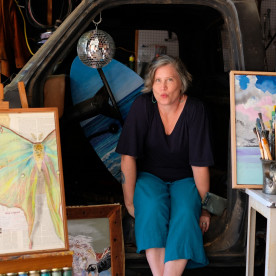
Mays Mayhew’s medium is drawing, and she recommends continual research about shows. “Don’t trust one person’s opinion of the show. Look for artwork that is similar to yours to help determine where to sell your work. Don’t do the ‘filler’ shows without knowing what clientele usually shows up for that show,” she said.
Her research will include asking artists who exhibited at a show the previous year what their experience was. “I’m not going to do as many shows in 2023,” Mayhew said. “My goal is 21 versus 30 in 2022.”
Fiber art and wood artist Kathleen Garrett said, “Talk to other vendors at shows. Make friends. You are not in competition with your neighbor vendor. They will tell you a lot about the shows you might be wondering about.”
Mixed media artist Stacy Gresell recommends talking to other established artists about application processes, getting advice from them, and walking a show before applying to it.
Her preparation for the 2023 show season differs from what it was in previous years. She may eliminate shows with high costs (booth fees and associated travel expenses) due to fall shows resulting in less than one-fourth of what she previously made at them.
Fine craft artist Kate Jones is also concerned about booth expenses and may do fewer shows than in previous years. She plans to select shows carefully — focusing on the bestselling events.
Lessons and Advice
Geesaman finds it helpful to keep records of everything. “Data is so important. Record the demographics of browsers, buyers, commissions, and after-show purchases. By doing so, you will be able to better determine who your target market is,” she said. “Once your target market is established, only go where you find the highest number of your target market. Do not limit yourself to fine art shows and galleries. Artwork is not only purchased at art shows.”
She recommends considering other types of events where the artist’s target market can be found. “What kind of music do they listen to? What is a common theme among your buyers? Are there recurring topics of conversation you are noticing between buyers?” she said. “Consider factors beyond the demographics. I’ve noticed many of my buyers share the same interest in music. So, I found a local brewery with a performing artist within that genre and asked to do a pop-show on that same night. My artwork was another way to draw people into their brewery, and the music drew in my target market. The brewery even offered a special that coincided with a purchase at my booth. Some of my pop-up shows have been more successful than my fine art shows.”
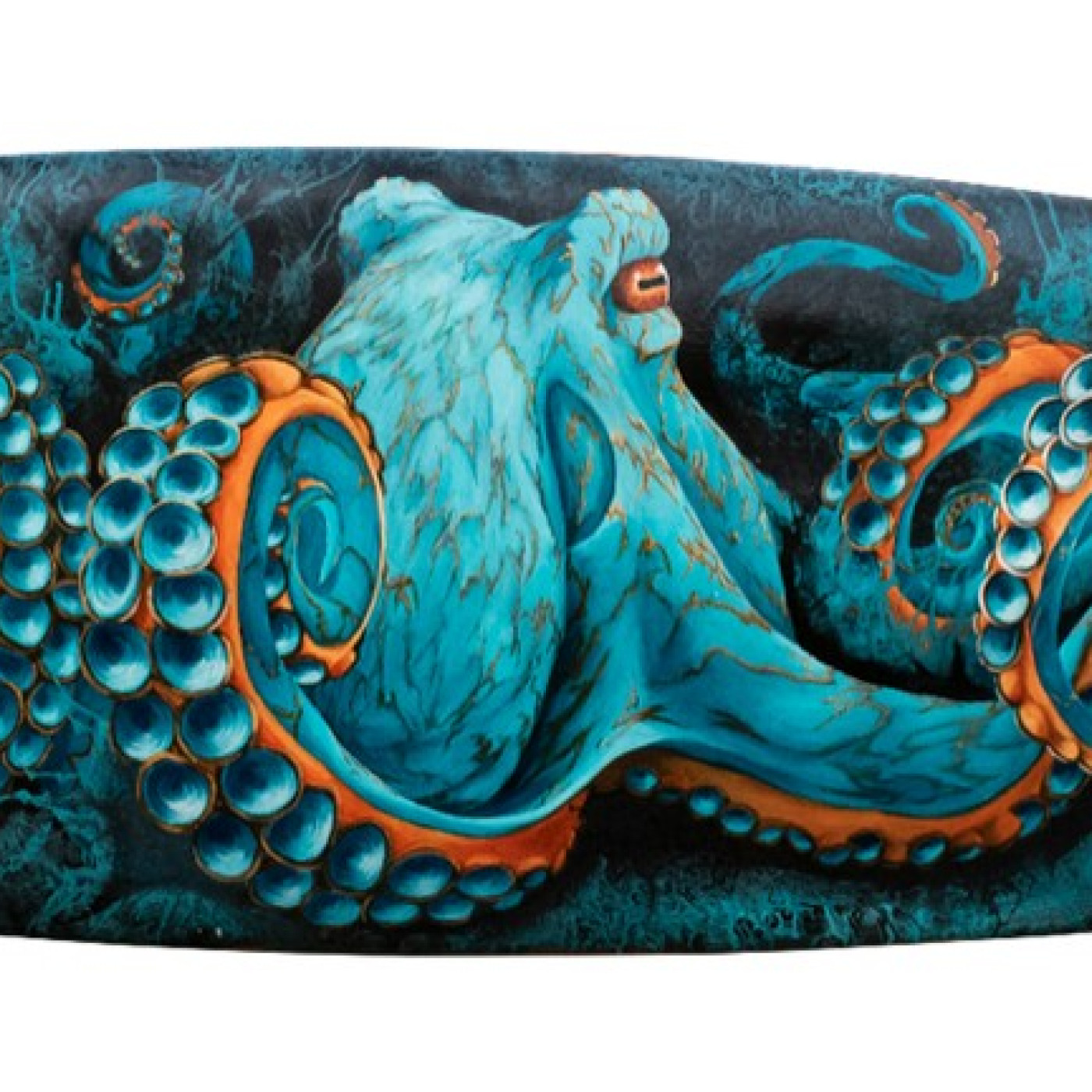
Geesaman also said: “Don’t project your own financial limitations onto your buyers. Confidently disclose the price of your work to consumers. By hesitating or displaying discomfort with the topic, sellers subconsciously tell buyers there is reason not to proceed with a purchase and inevitably deter even the most interested buyers.”
Another piece of advice from her involves exchanging contact information. “Rather than simply handing out a business card to an interested buyer, offer to take their information, so you may follow-up with them after the show (or at a more appropriate time for them). I’ve increased my overall sales for shows by as much as 40% just by following up with potential buyers after the show/event,” she said.
Geesaman said some buyers are uncertain if the piece they are interested in will suit/fit their home. “Offer to bring the art to their home after the event, so the buyer may see how it looks in their space. By getting your work into the house, you drastically increase the odds of selling,” she said. “This also gives you the opportunity to recommend additional pieces that complement the décor/style of the buyer’s home. Most often, these pieces would have been overlooked by the consumer while they were at the event, but by visualizing them in the home, the artwork becomes more desirable.”
Inventory is Geesaman’s largest overhead expense for art show participation. “I’ve stretched myself very thin financially, in the past, just to purchase in bulk to get the best discounts on art prints. This past year, I decided I was over it and focused on building my relationship with a local printing company to establish fixed discounted pricing. I now work with a print company that offers printing on demand for the same price as printing in bulk,” she said. “This arrangement allows me to stock up between shows and to accept pre-orders on prints I’ve sold out of. I now offer to ship to a buyer’s home after the event. By doing so, I’ve provided a convenience to my buyers and have expanded my market to tourists that would otherwise be unable to transport a piece home.”
Some promoters are raising application and booth fees and expanding the number of booths at their shows. “Pick the shows you do best at and skip the others. It will not get better with the inflation we are experiencing,” said wood artist Gary Carver. “Limit your shows to the best ones and make the most of them. Work at these shows not only to increase sales but also to get commissions.”
He is preparing for the 2023 season by increasing the quantities of the products that sell best — even though they are not the products he most enjoys creating.
More Prep Tips
Elizabeth Dreitzler creates hand-built pottery and recommends artists buy the best tent they can afford and use approved weights. “This will keep you, your stock, and other vendors safe,” she said.
She is reviewing which shows work best for her style of craft. The most expensive shows don’t necessarily mean great sales for all crafts,” Dreitzler said.
Photographer Brianna Knodel is making the 2023 season easier by changing her setup. Previous years taught her that attendees like to carry small items around the show. She is taking prints instead of framed art and having matted display pieces.
Knodel will be able to carry more stock by only having prints and believes she will be more successful with them. “Also, I won’t have to haul my trailer, which will make setup and teardown a lot easier,” she said.
McCann is adding new products and understanding new potential products and trends to stay current. “Having the same items year after year doesn’t show much imagination on your part,” he said. “For most of us, understanding the market and updated market trends will help freshen up your product mix or styles. Visiting other shows will give you some new ideas and market trends of what similar vendors in your space are doing. The same old thing today may not be relevant in today’s market.”
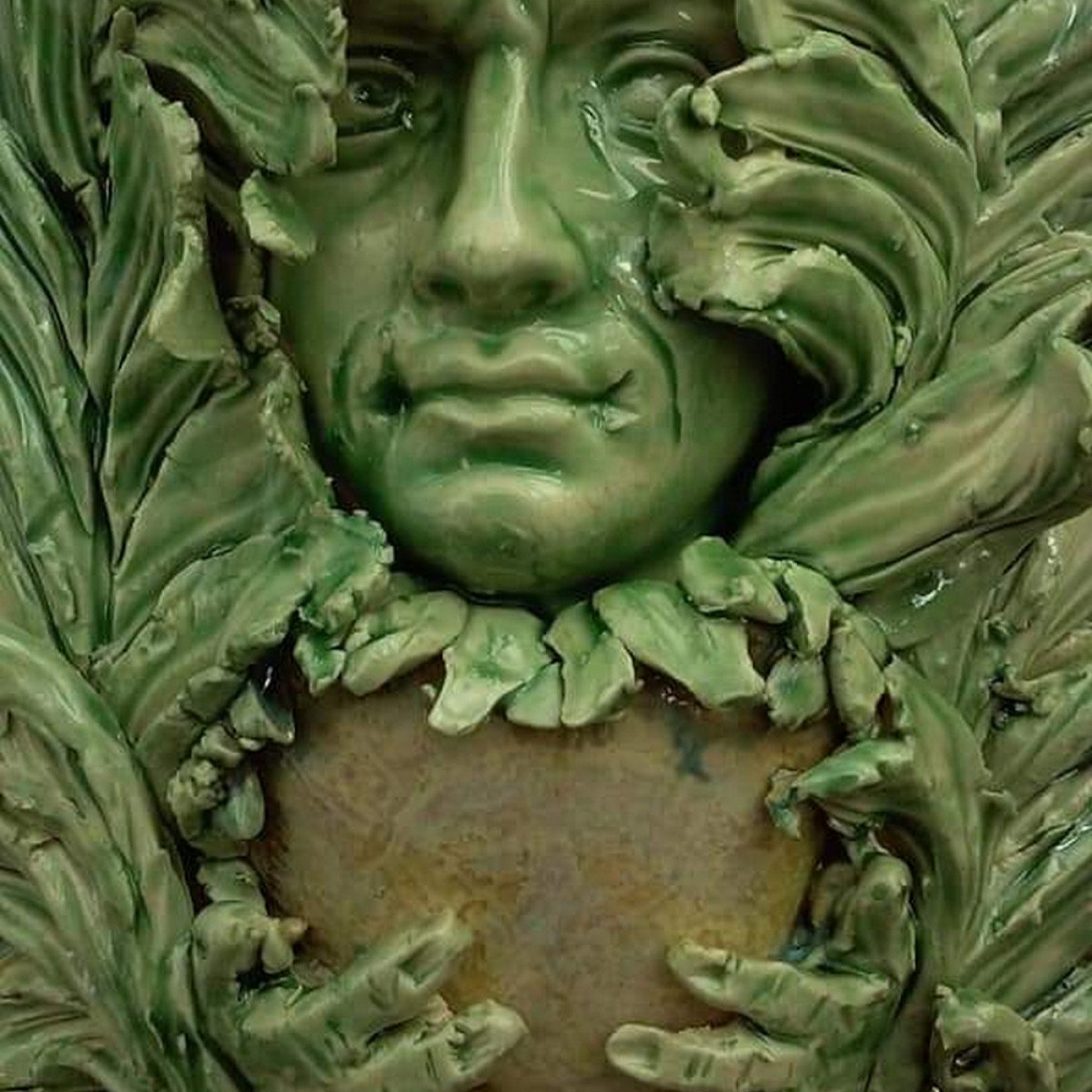
Handcrafted artist Donna Schwendinger said, “I have redone my entire booth layout because I had been doing it the same way for 10+ years and it was looking tired. I needed to really try to ramp up more interest.”
Eric Rhoads, who paints with oil, watercolor, and pastels, is doubling his advertising budget. “Artists must do marketing. They can’t rely on hoping things from the past will work. More aggressive marketing is needed — especially when things get tougher,” he said. “The only artists who will survive a bad economy are those with continued aggressive marketing.”
Acrylic artist Loran Chavez always carries an extra tent when on the road and is preparing for 2023’s show season by cleaning and maintaining equipment and making reservations for camping or checking if a show has artist parking that allows boondocking.
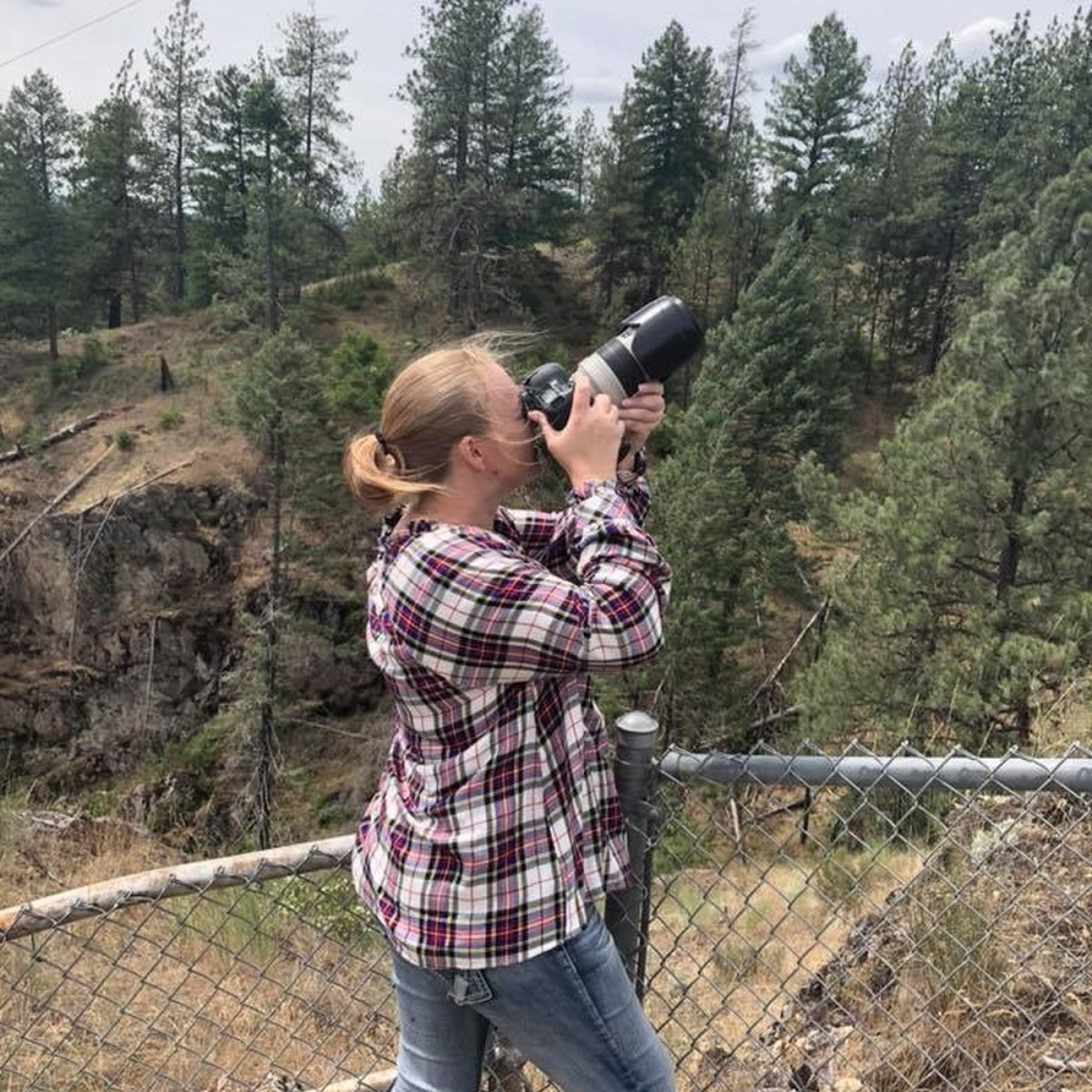
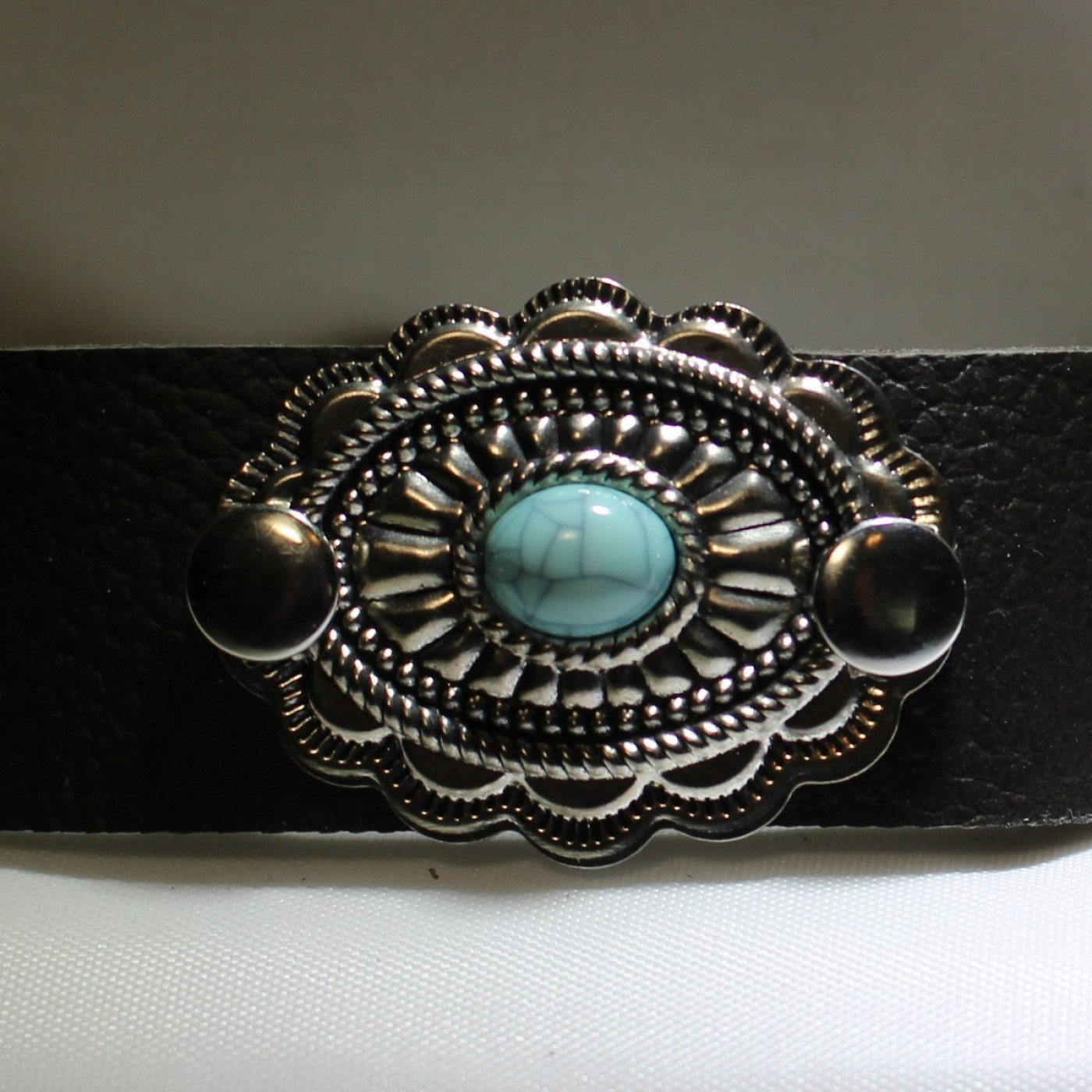
Concerns and Questions
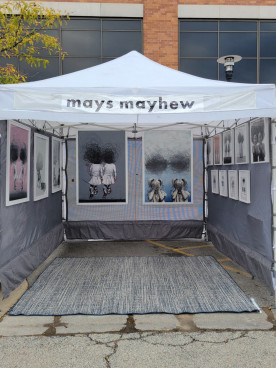
Mayhew provided feedback for promoters. “Do not put art fair tents pole to pole. This is harmful in so many ways. People start fighting and bickering … and it’s a horrible way to spend two days while trying to sell your high-end art to high-end clients. It’s horrible to artists. Please stop doing this.”
In addition, she wants to know where the contemporary art buyers are and if she is going to be competing with $30 trinkets before applying to a show. “I’d like to know where and when the loud music is so that I can avoid it,” Mayhew said.
Carver said, “How can we get show promoters to advertise more, support us more, and create smaller, more focused shows with higher quality art? Many shows are trending toward being flea markets.”
Gresell would appreciate promoters doing anything to cut costs for artists right now. “Cut your booth fees, increase your sponsors, give each artist a couple of free tickets to give to their collectors to encourage sales, negotiate meaningful hotel deals for artists, provide free meals or parking (get that sponsored somehow), offer cash prizes for best in category (also could get that sponsored … companies aren’t hurting). Please require your judges to at least step inside every booth…it’s offensive when they walk by without even a glance,” she said.
Artificial intelligence duplicating the artwork of popular artists is a concern for some artists, with at least one artist wondering if there will be due diligence by promoters to not allow such works into shows. “I am seeing an inordinate amount of buy/sell making it into shows that are supposed to be artist-made works,” Chavez said.
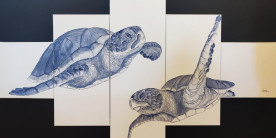
Dreitzler said, “If Illinois requires a tax permit, why can’t the promoter attach a copy to the form?”
Glass artist Judy Martin is waiting until closer to deadlines to pay fees due to concerns about the economy and wants to know how to find reasonable lodging.
Joann Mariahazy creates hand-pulled, originally designed prints. “I used to be silly and think that others would follow the rules and that rules would be enforced — just doesn’t happen,” she said.
At two events last summer, Mariahazy watched painters sell mechanically reproduced copies of their work. “One was supposed to have only original artwork, and if reproductions were to be sold, it was to be a very small percentage of what was offered for sale, and the original artwork was to also be available for sale,” she said. “At this event, I asked the event host/administrator about this and was told that there was ‘no way they could enforce this rule’ at which point I simply asked, ‘Then why have it?’”
Mariahazy sold one $47 print at that two-day event. The booth fee was $160, the jury fee was $40, and she also had lodging expenses. She watched the artist across the walkway from her booth repeatedly pull prints out of a shipping box and replenish her rack
How is Mariahazy preparing for the 2023 show season? “I’m selling my tent,” she said.
